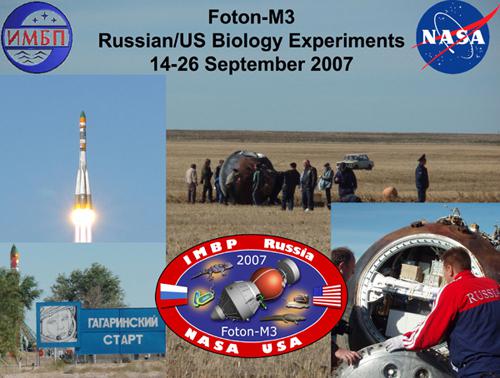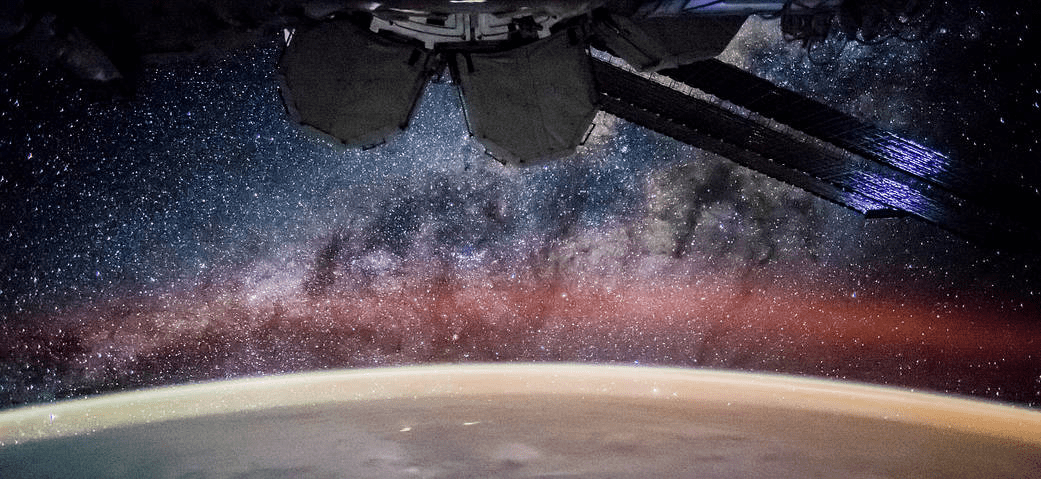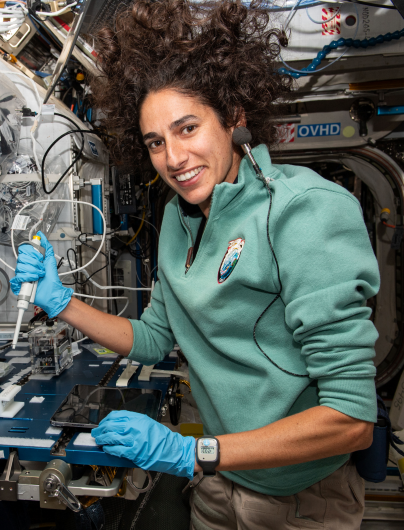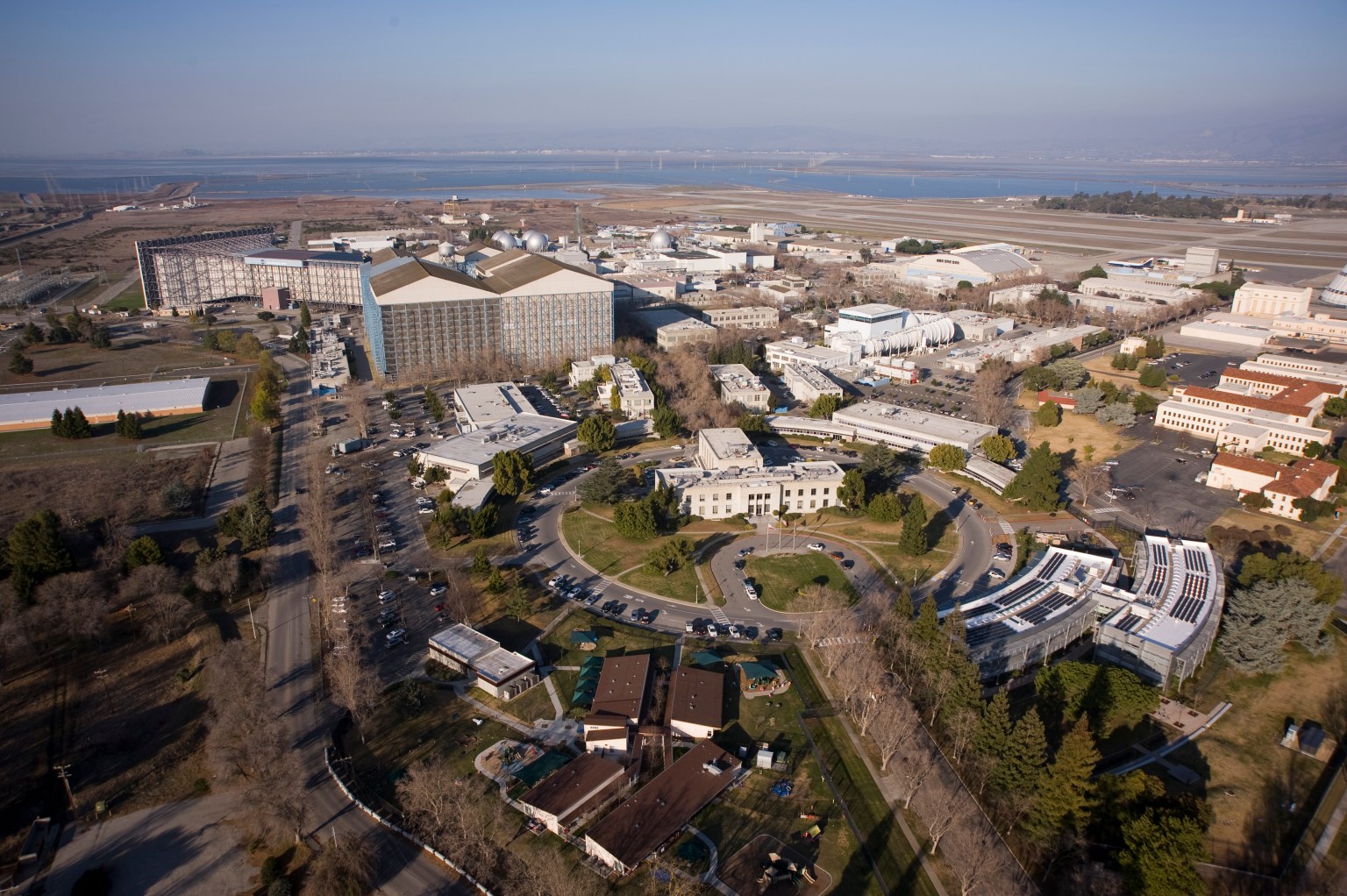Foton M-3
The Flight Systems Implementation Branch developed hardware enhancements including video recording and water delivery capabilities for the newt and gecko space biology experiments for the Russian Foton-M3 mission launched onboard the Soyuz-U rocket September 14, 2007 from Kazakhstan.
Scientists from NASA’s Ames Research Center and Montana State University collaborated with Russian investigators to conduct pre- and post-flight studies on the newt, gecko, snail and bacteria experiments to understand biological responses in spaceflight.
Foton-M3 spent 12 days in low-Earth orbit, during which time the onboard experiments were exposed to microgravity before reentering the atmosphere and landing on the Russian-Kazkh border on September 26, 2007.
Ames scientists developed eight, one-inch deep aluminum boxes called “attics” that housed a battery-powered video camera for inflight recording, a solid-state video recorder, infrared LEDs, and a pump that provided water for newts and geckos.
NASA has a long history of cooperative research with the Institute for Biomedical Problems in Moscow using unpiloted Russian spacecraft starting with the Bion 3 (Cosmos 782) mission in 1975.
Project Team
Project Manager – Michael G. Skidmore, NASA, Ames Research Center
Project Science Manager – Kenneth A. Souza, NASA, Ames Research Center
PI for Receptor Experiment – Richard D. Boyle, NASA, Ames Research Center
PI for Regeneration and Gecko Experiments – Eduardo A. C. Almeida, NASA, ARC
Engineering Support – Edward C. Houston, NASA, Ames Research Center
Engineering Support – Albert Howard, Jr., NASA, Ames Research Center
Logistics Support – Vera Vizir, Lockheed Martin, Ames Research Center
Program Support – Galina Tverskaya, Lockheed Martin, Ames Research Center





























